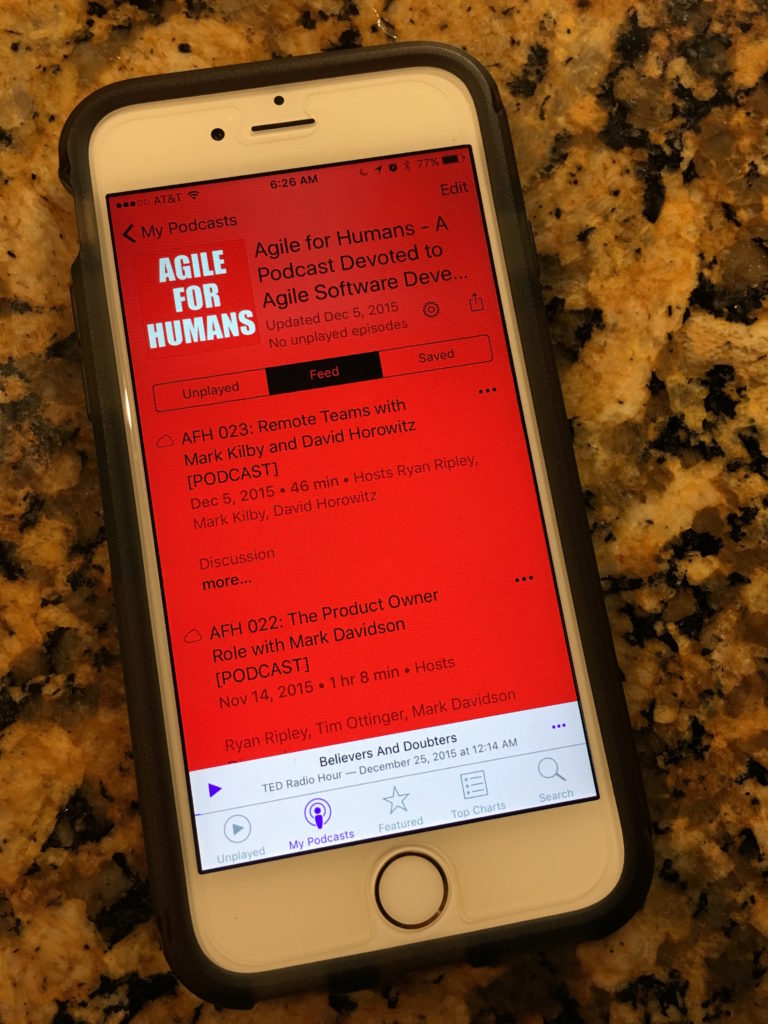Late in 2015, I participated in a great discussion with Ryan Ripley and David Horowitz on distributed agile teams on the Agile For Humans podcast. In that discussion, I mentioned “the importance of explicitly encouraging communication in the team; otherwise it’s not a company just a bunch of people”. This resonated with one of our listeners who asked me to elaborate.

In distributed teams, we always should be building and encouraging community. This means that everything you do and everything you communicate as a leader can either build or disassemble your community. So choose your steps carefully.
One of the first things you can do is to build connections. If people do not know each other on a team, everything will feel very transactional. Here is a quick test for that:
- Do team members occasionally joke around in meetings or in online chat channels? Or, do you see a request-answer dialogue only?
- Will you have multiple team members quickly coming to the aid of another that calls out for help? Or, do you just hear uncomfortable silence in email, chat or phone when these calls for help come?
- (Here is the big one) Will team members gently and kindly remind each other of the goals for a sprint, milestone or deadline if someone appears to be off track? Or, will your distributed team find the surprise too late right before the deadline and virtually shrug their shoulders if one or more team members don’t deliver critical pieces of the solution when needed?
Depending on how you answered those questions, you may have a sense if you have a real team or a collection of individuals. If the team members feel connected, they will feel free to joke around with each other (i.e. play) and at the same time they will look out for each other and their commitments as a team.
Answers the questions above typically leads to this question: “But how can I build this connected team when we are all distributed?”
The best thing you can do is to bring the team together to learn about each other. At Sonatype and other distributed organizations I’ve worked at, one of the favorite events for distributed teams is a group gathering. In these gatherings, everyone flies to a single location to learn new technologies, discover new skills, and discuss strategies for the coming months. What is equally important (and the favorite part for many) is the opportunity to get to know your fellow teammates.
At Sonatype, one of our favorite opening activities for product group meetups is a sociometry exercise. In this exercise, a facilitator will ask a series of questions and people answer by moving around the room, usually clustering in groups that have similar answers. This “clustering” helps spark some conversations throughout the multi-day event. These conversations happen at breaks or after hours and start with phrases like “I didn’t know you liked …” or “That’s cool that you ride a motorcycle too”. Physically standing next to others with a common affinity can help can help build strong connections online.
Even stronger connections can occur when members of the group pose a few questions and they get to see how the group responds to their question (usually reflecting a strong personal interest of the person asking). Make sure you have “after hours” social events for these groups to talk more.
There are more examples online of this style of exercise from Lyssa Adkins and others. Another great alternative for face-to-face gatherings is building a low-tech social network. The advantage of this approach is you can take a picture of the final “network” at the end of the gathering so people can look at it later online and find other connections. Sometimes, I’ll even take pictures of the network as it grows throughout an event.
So what do you do when you do not have an opportunity to gather your distributed team in one place for an event? That will be one of my next posts.
Do you have other suggestions on how to connect your distributed team in face-to-face gatherings? If so, please share them in the comments below.

